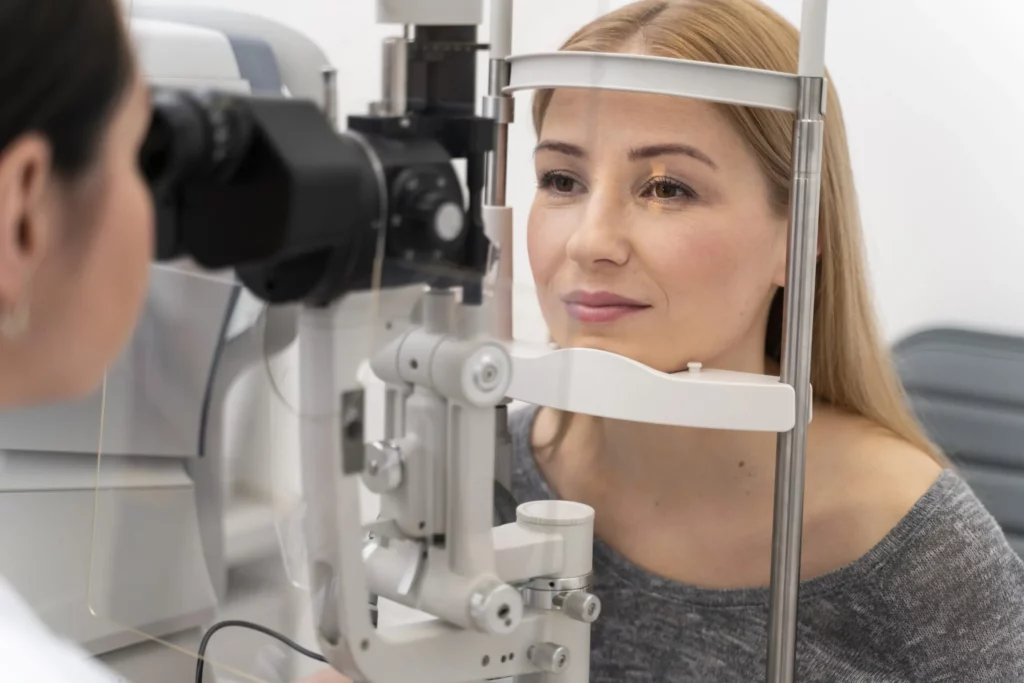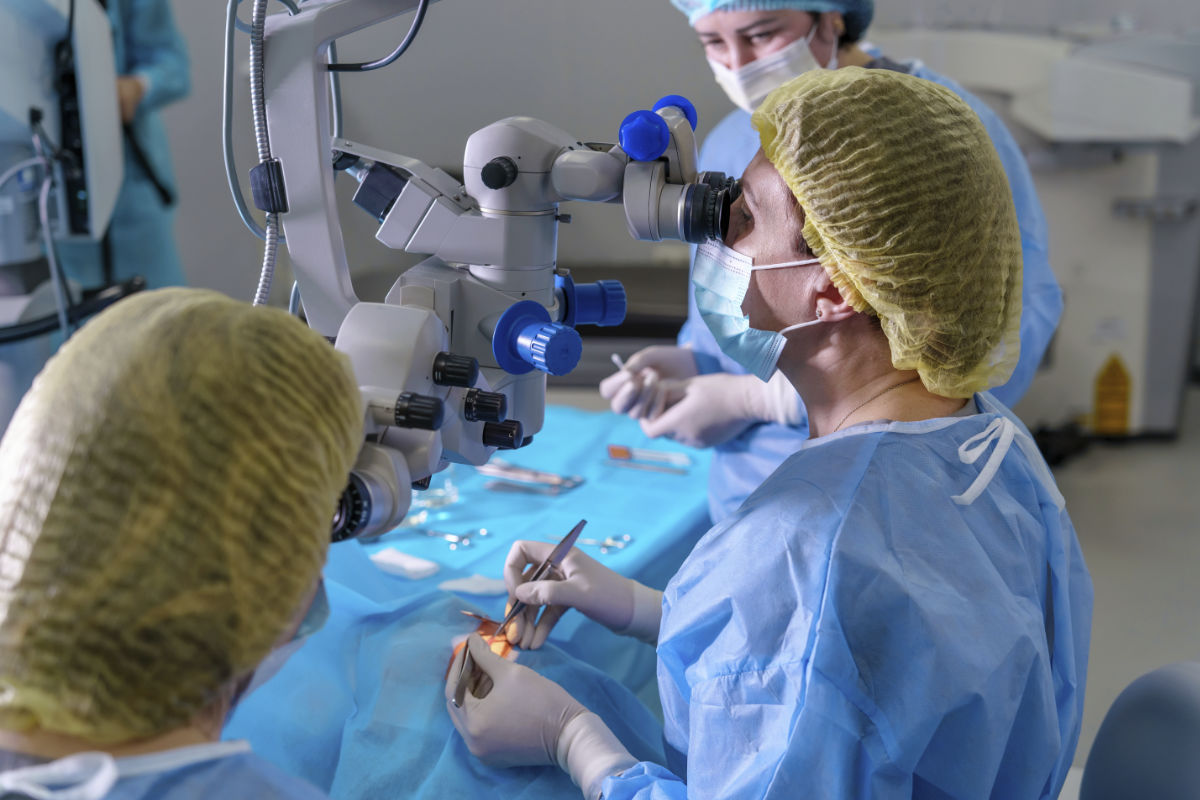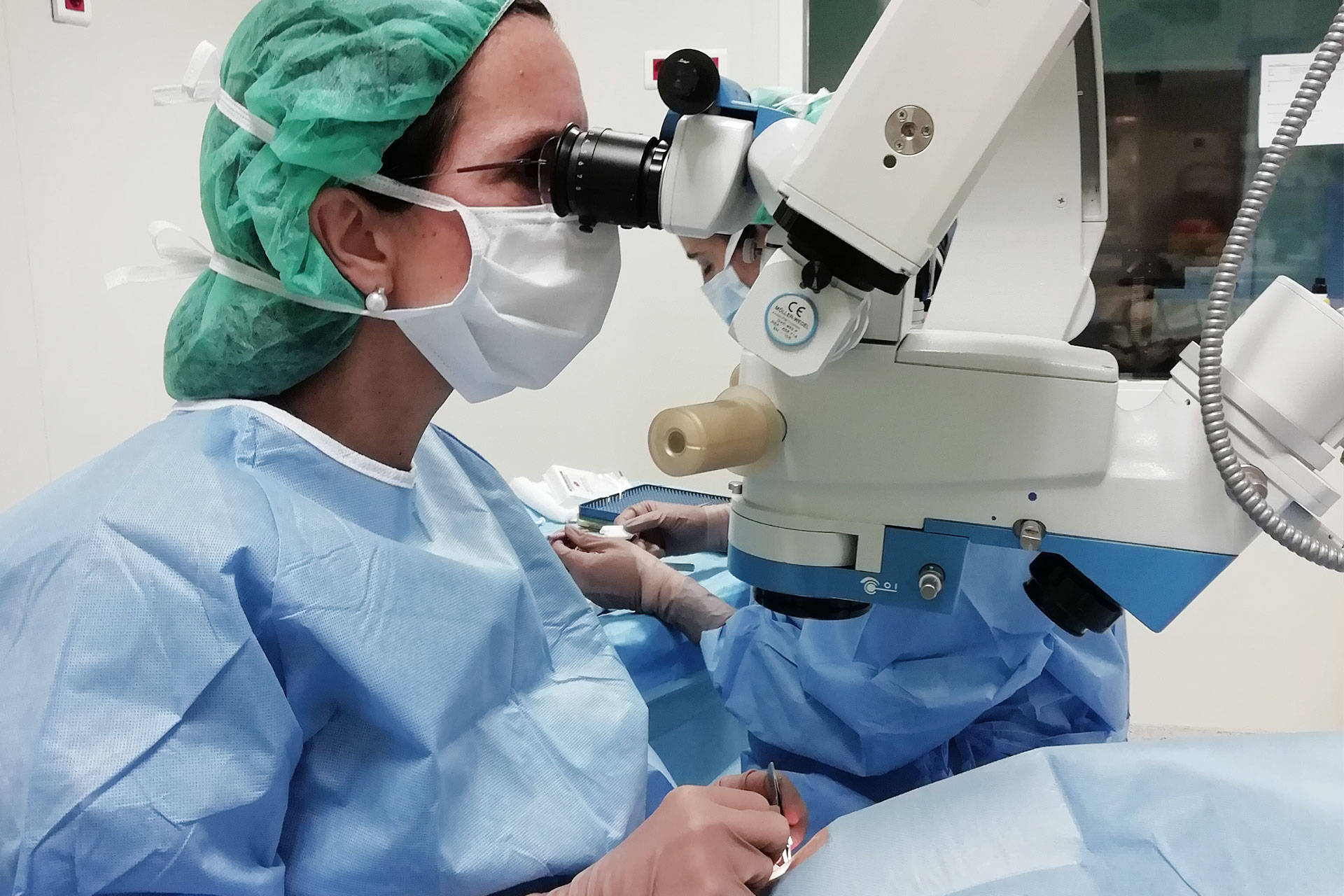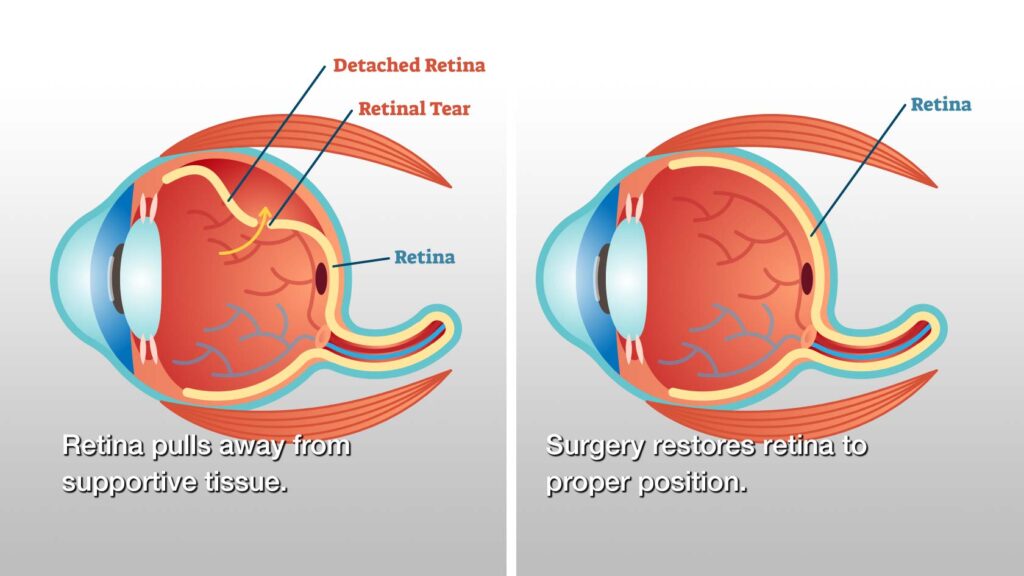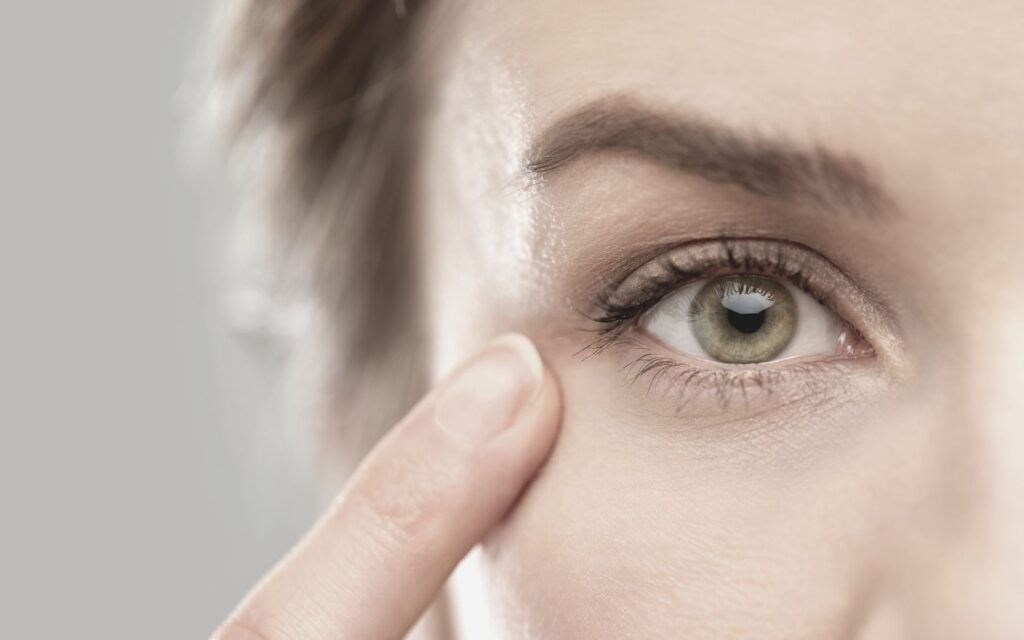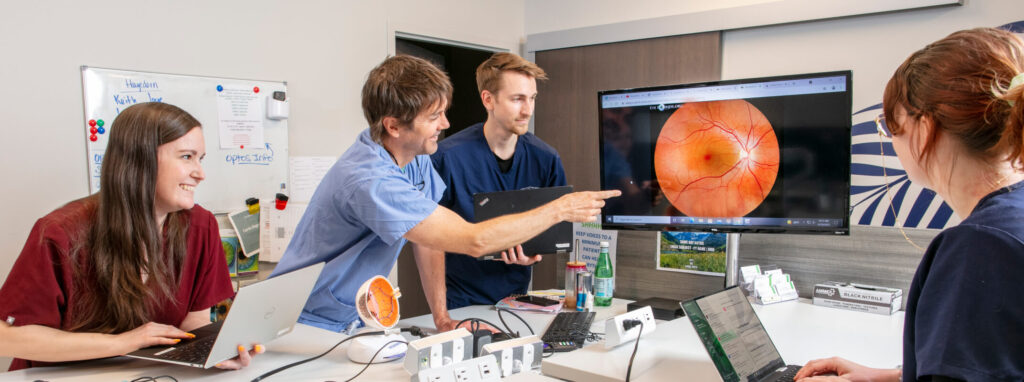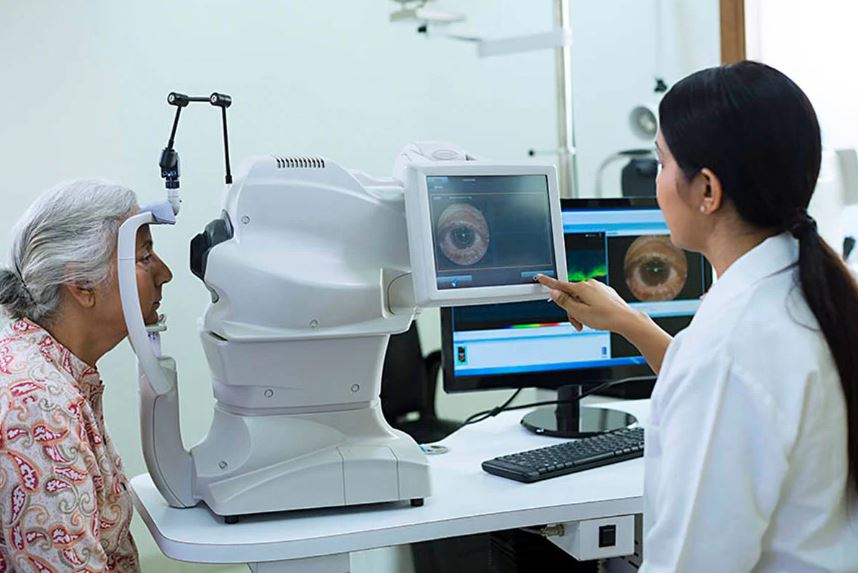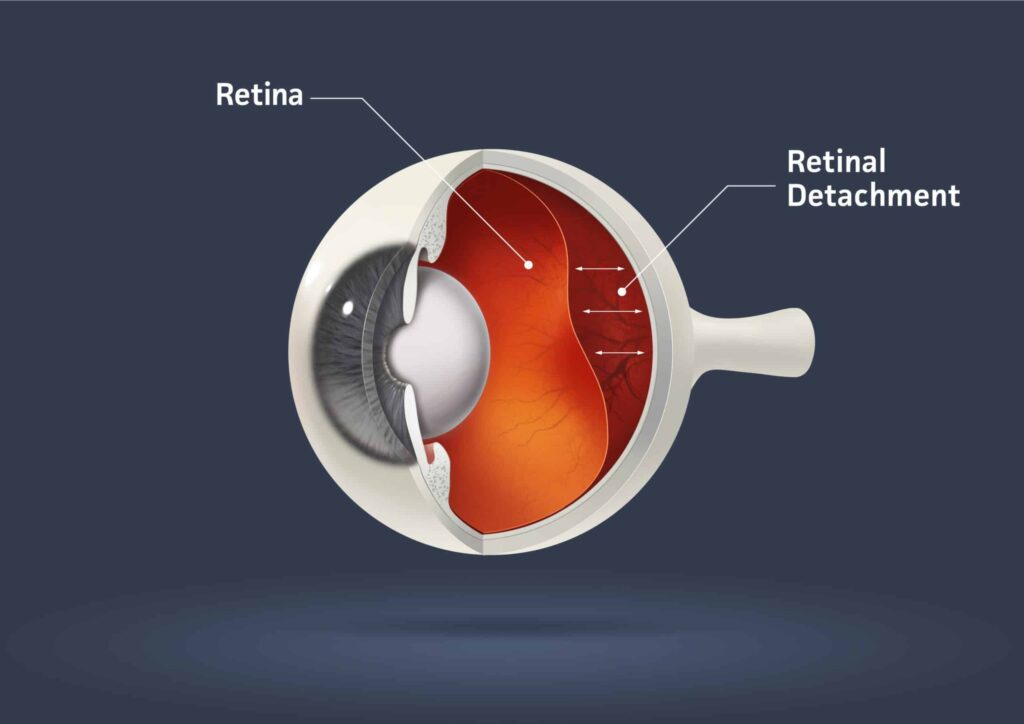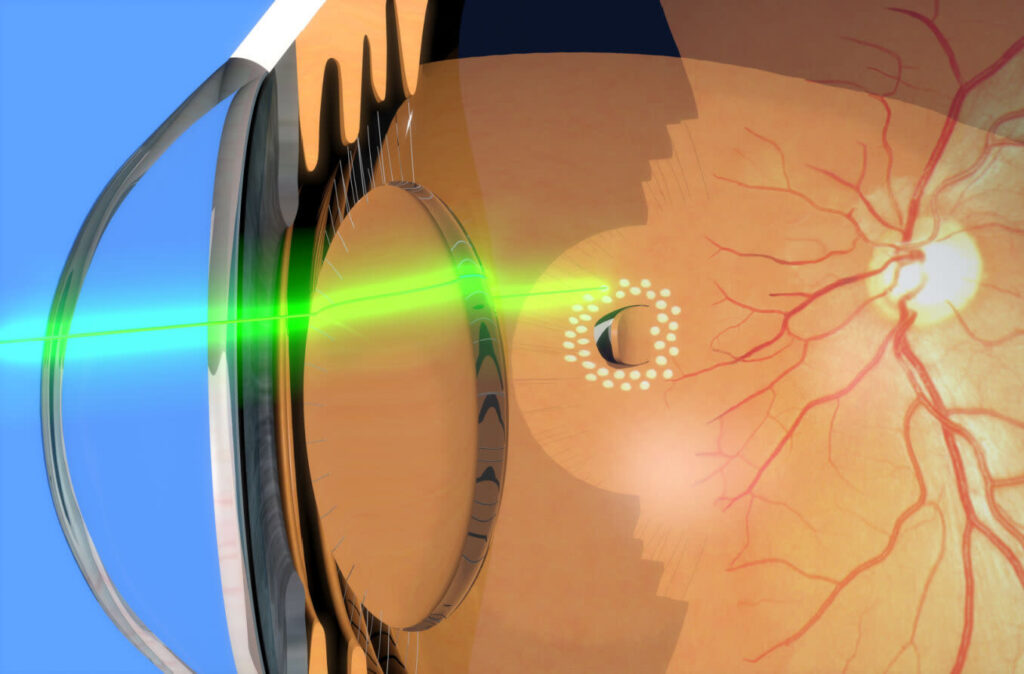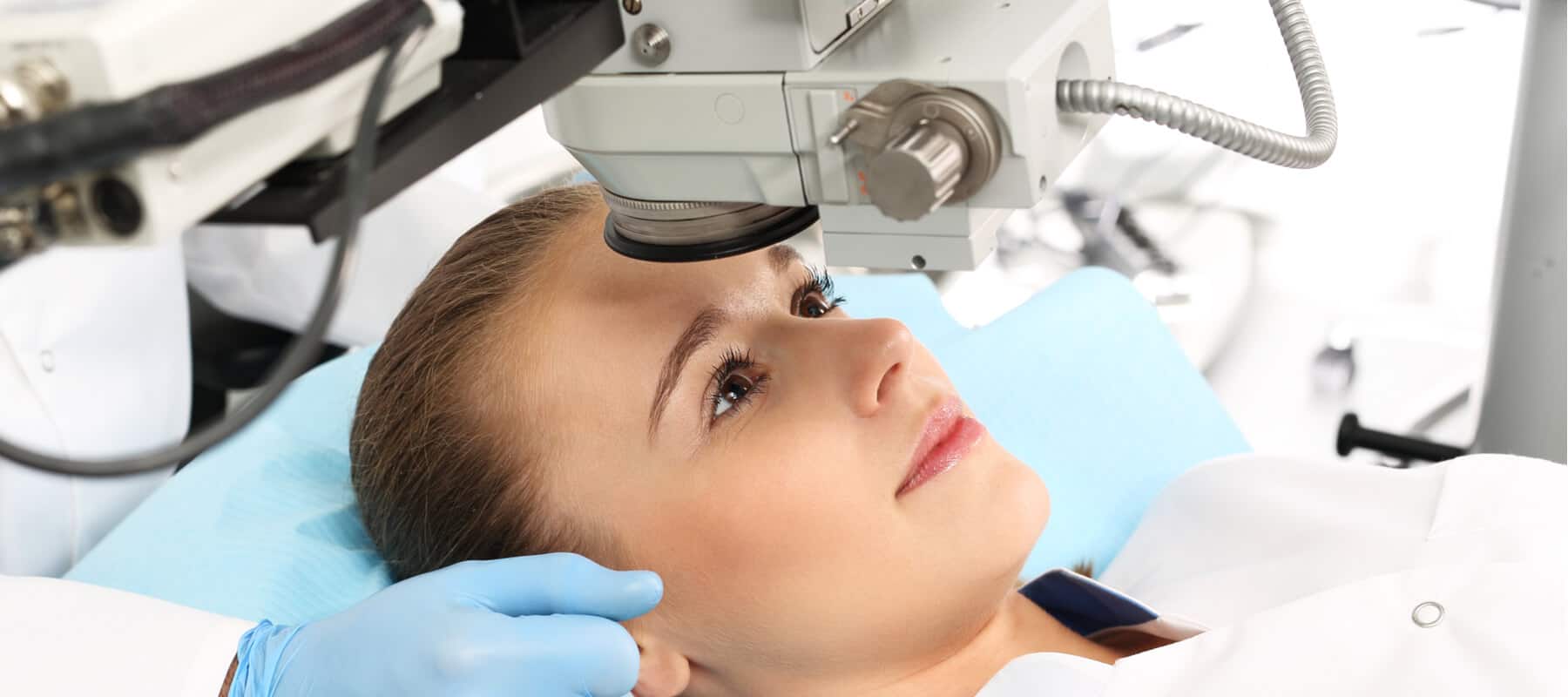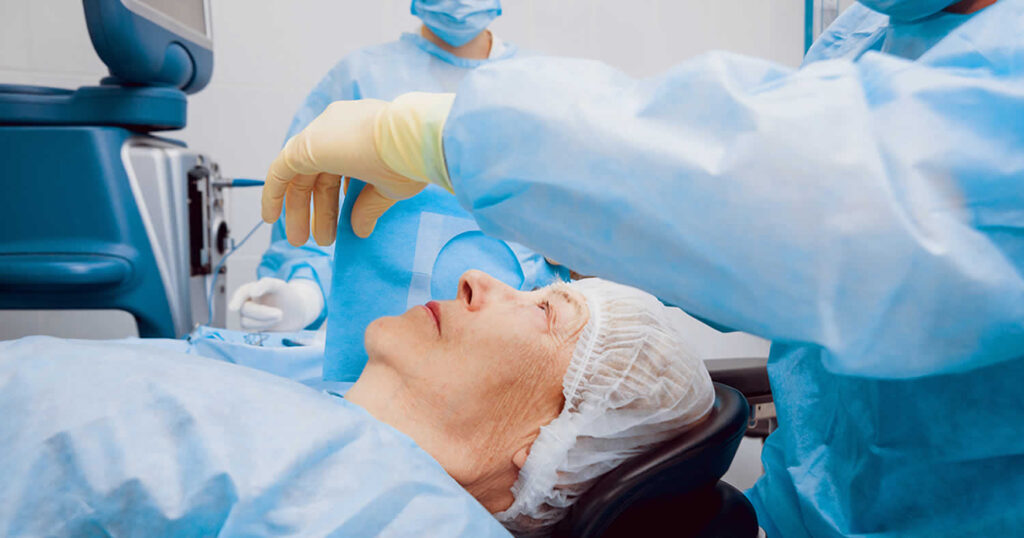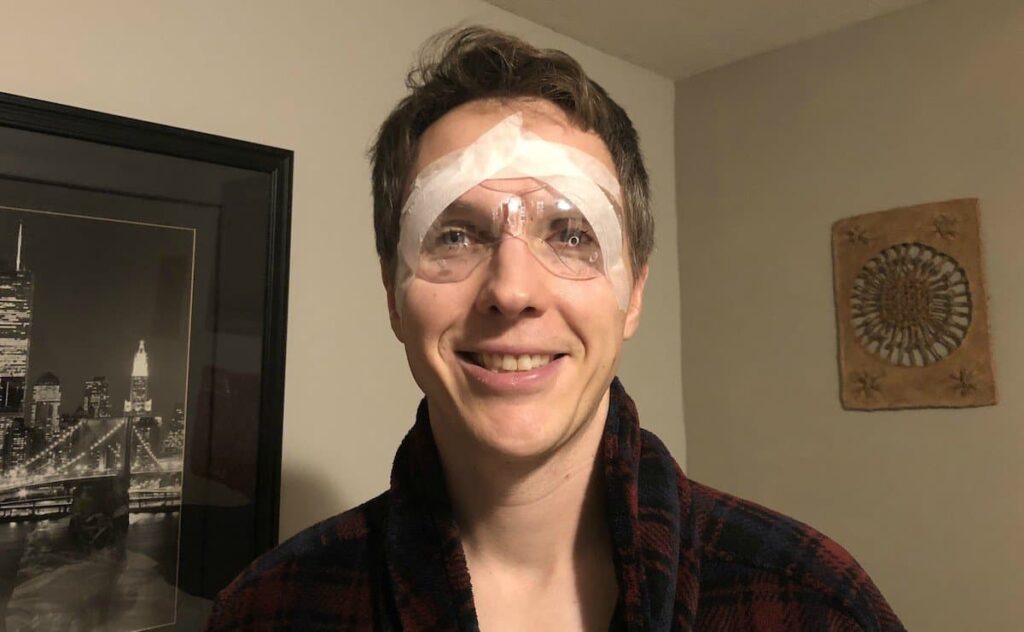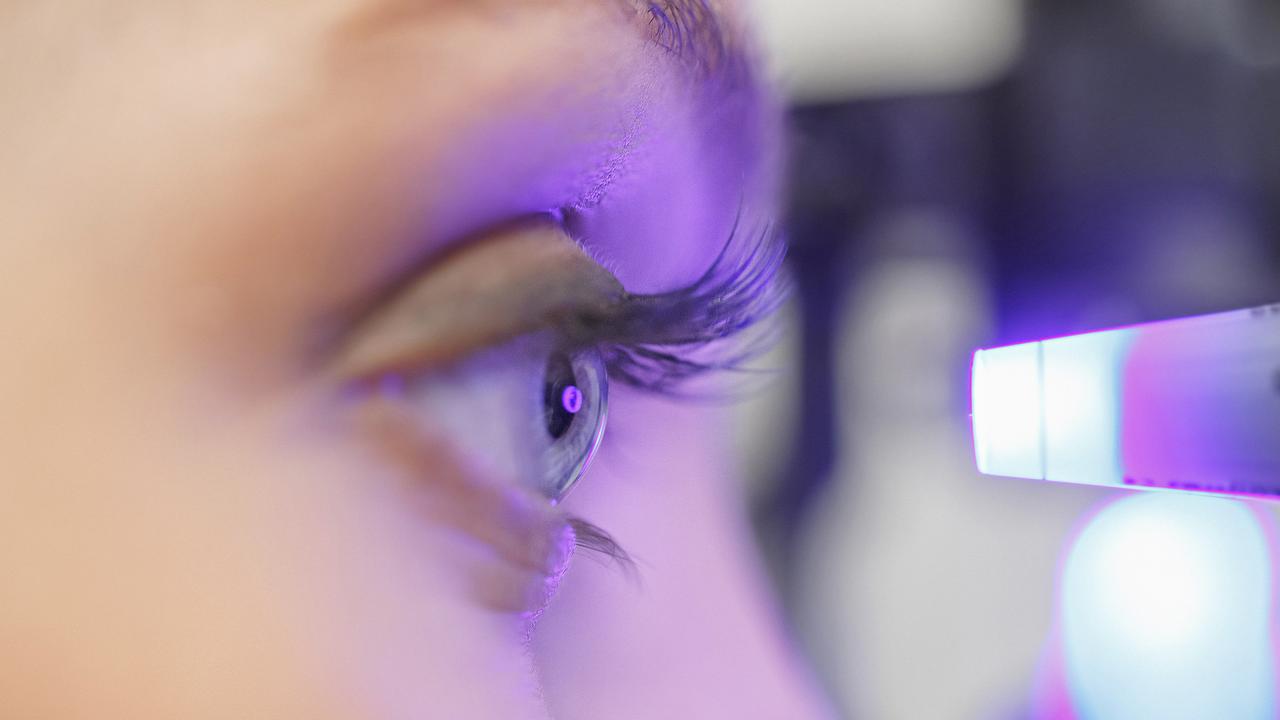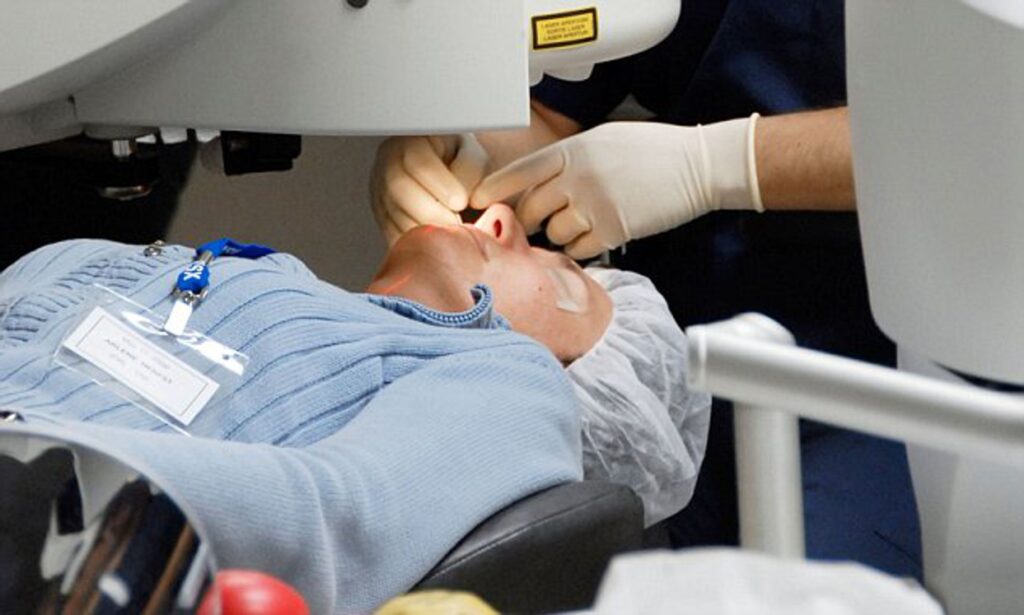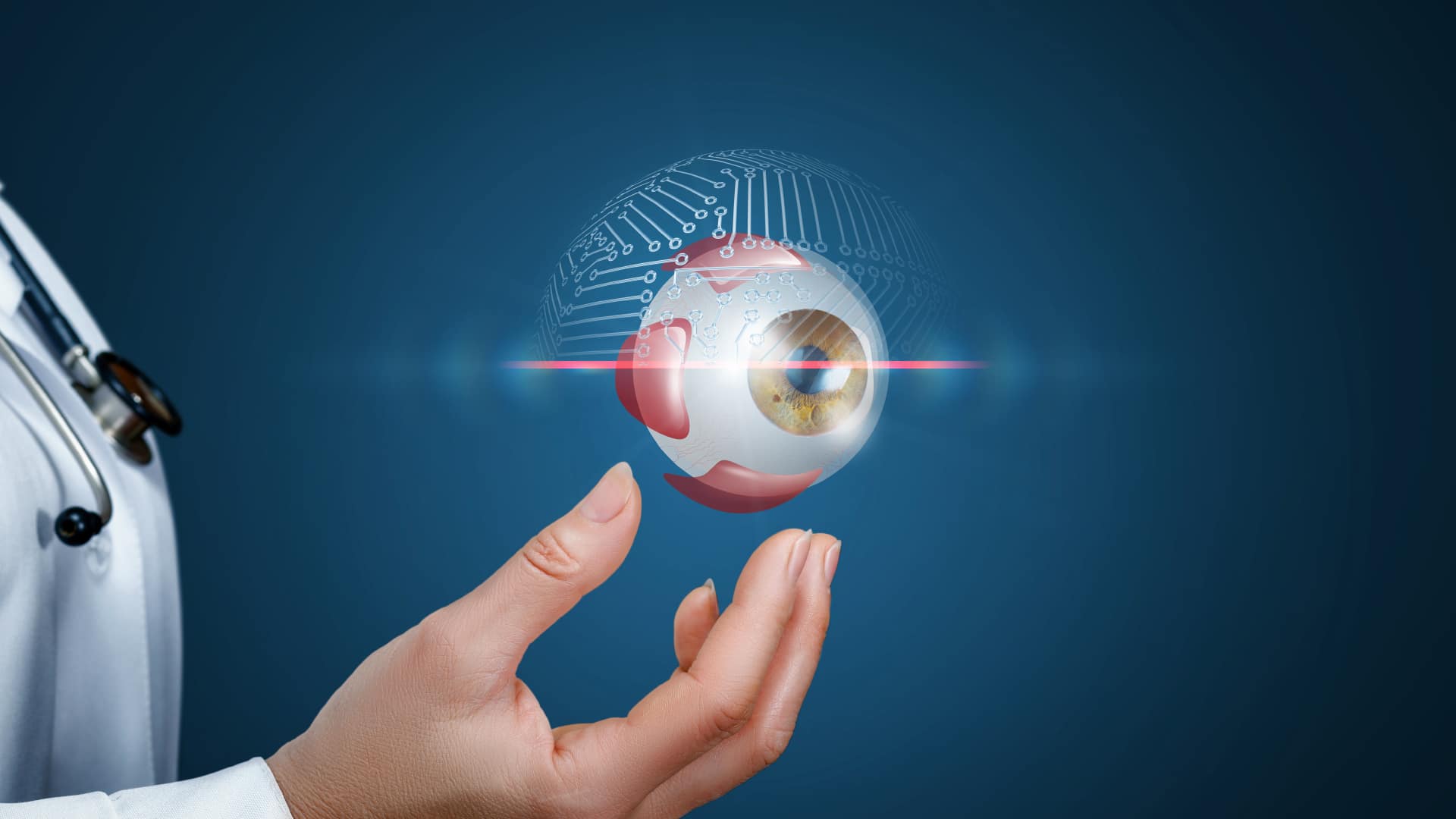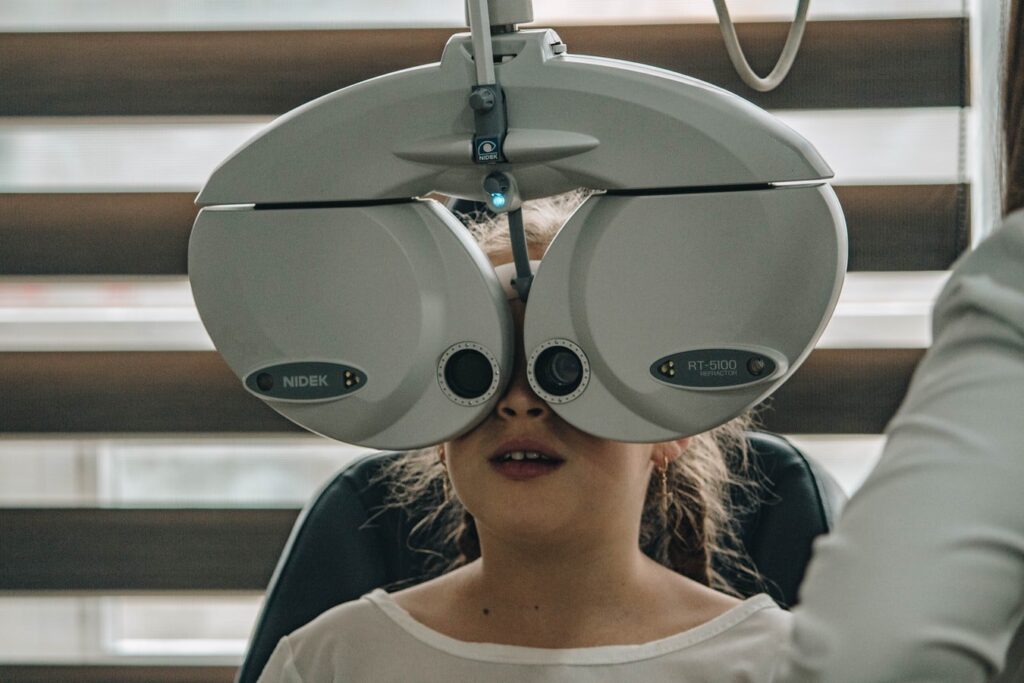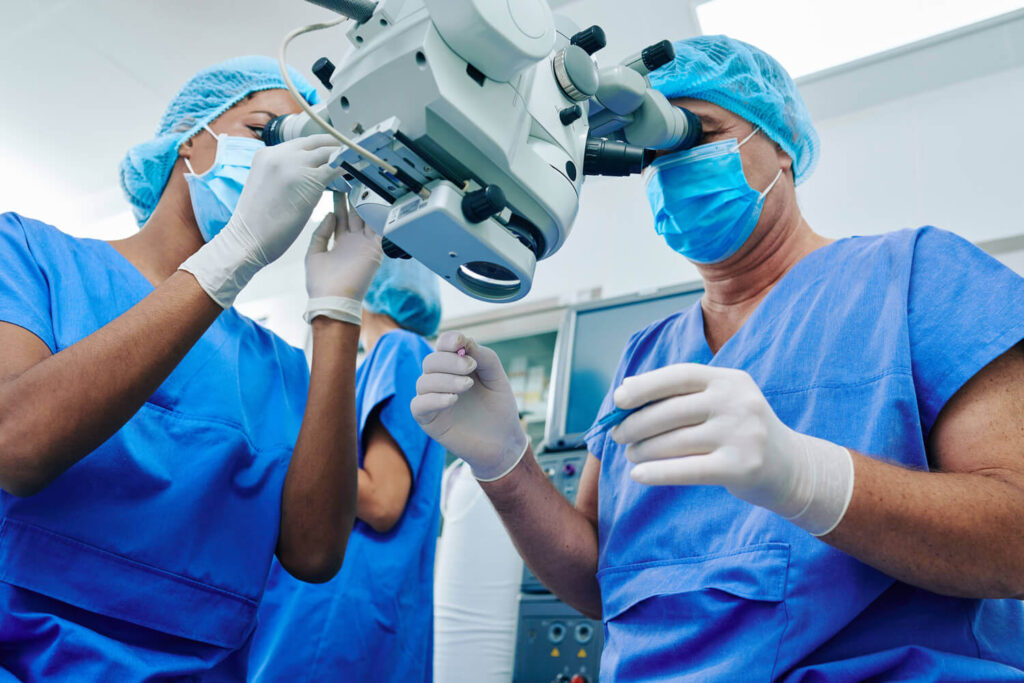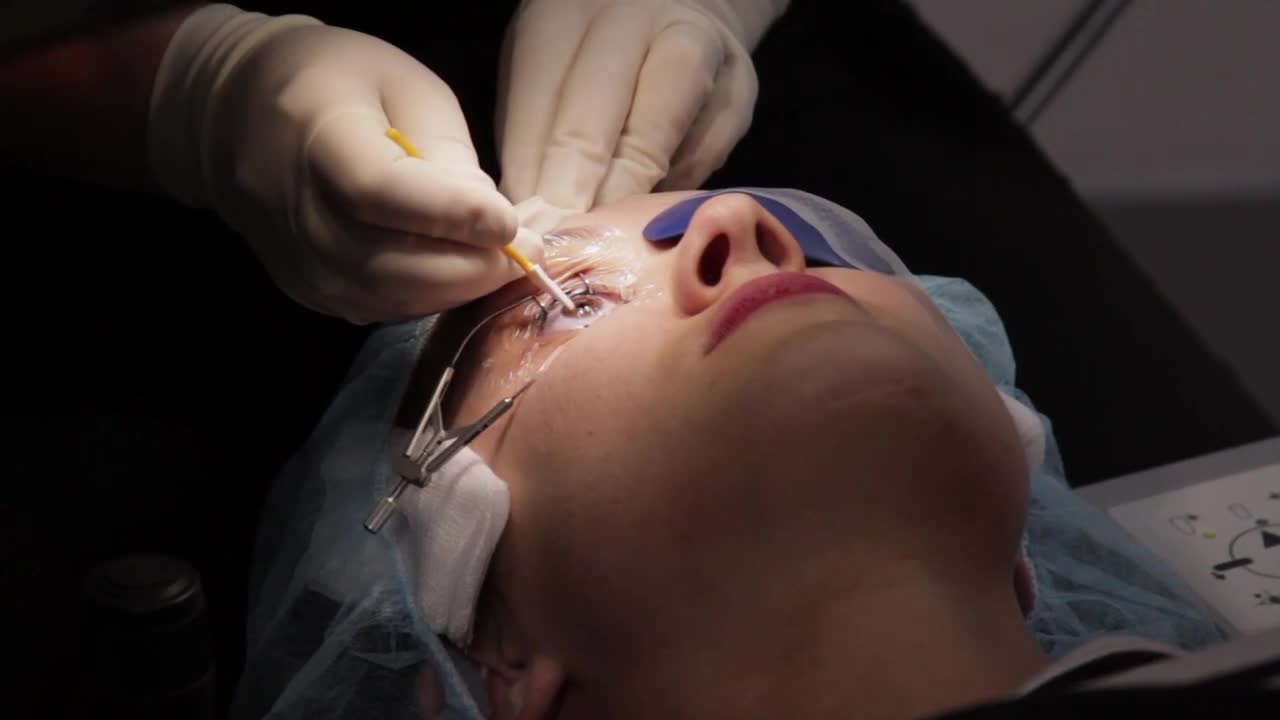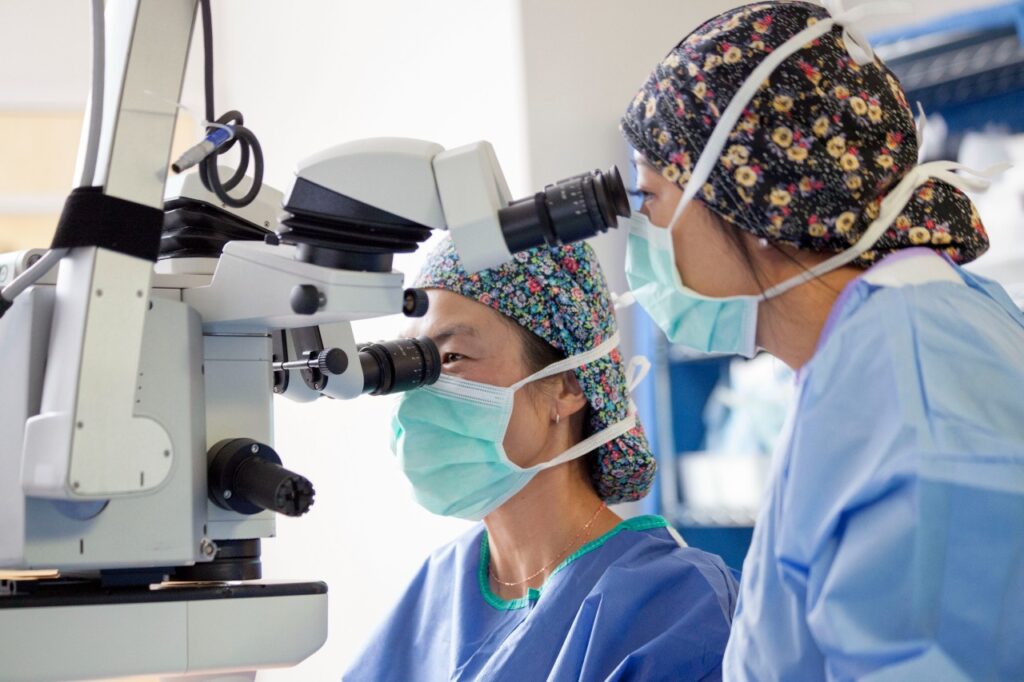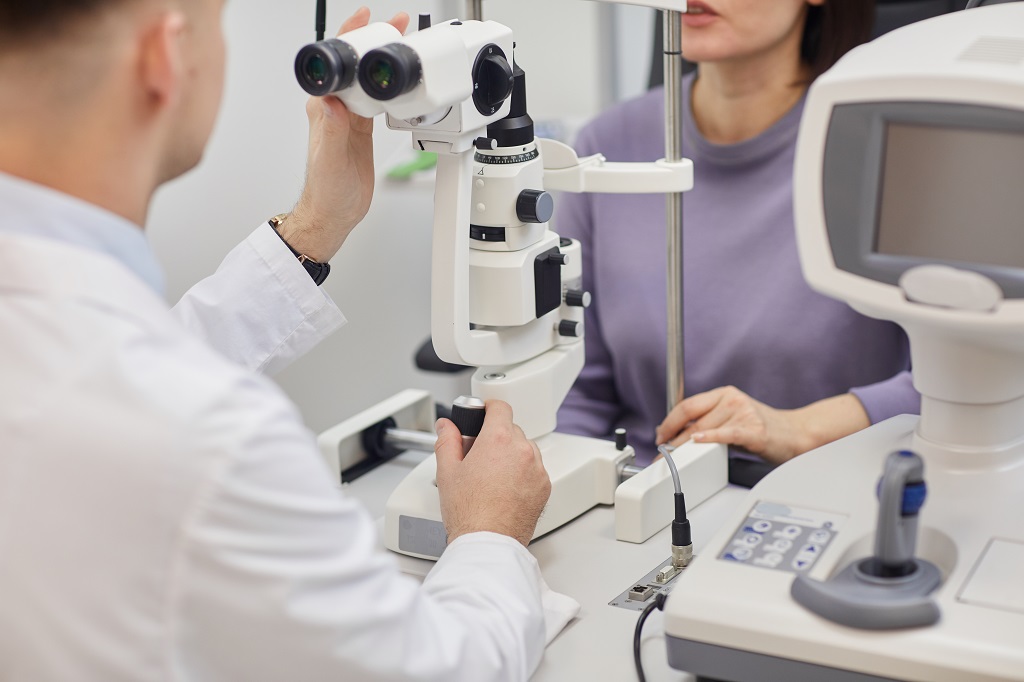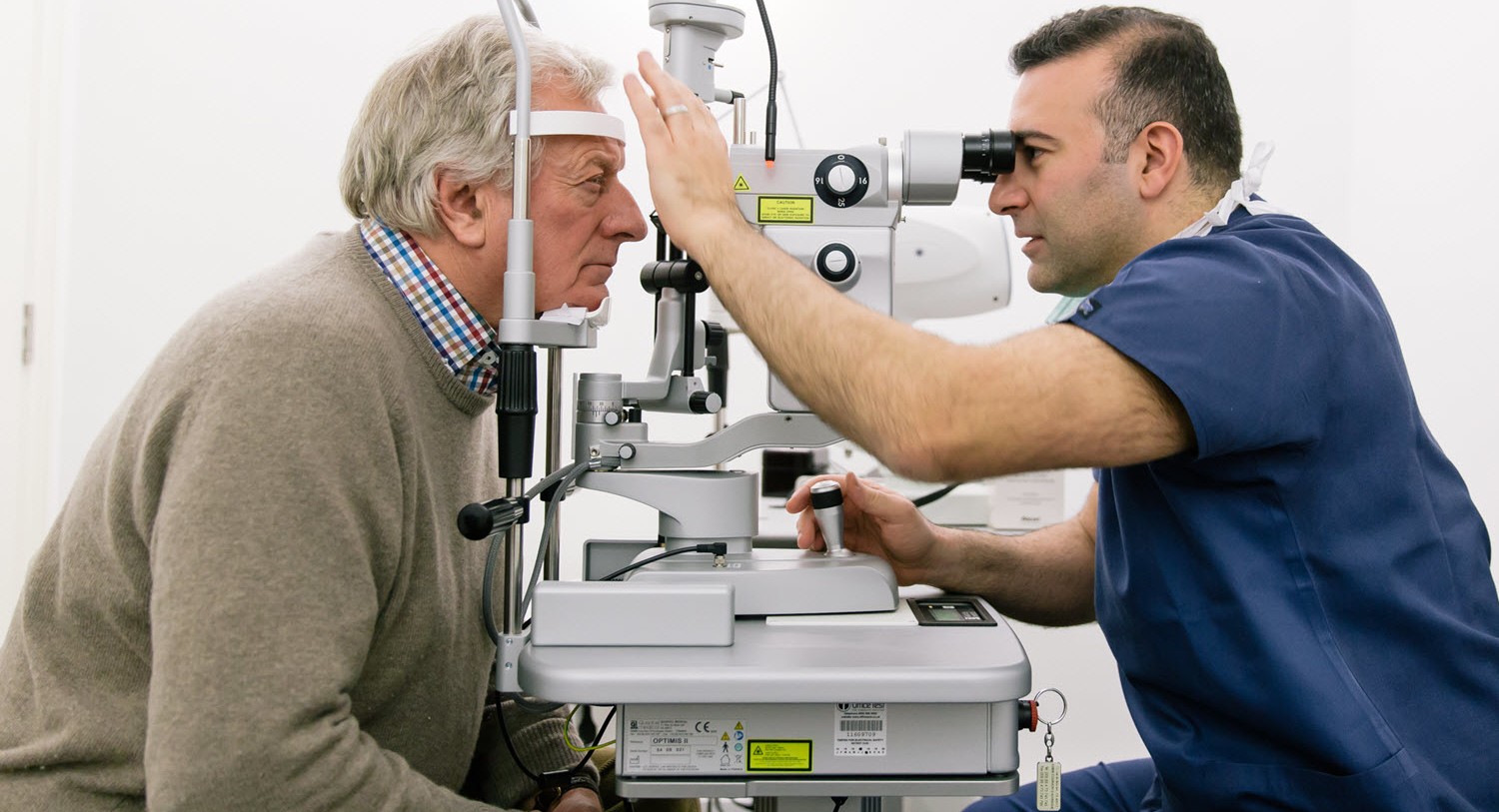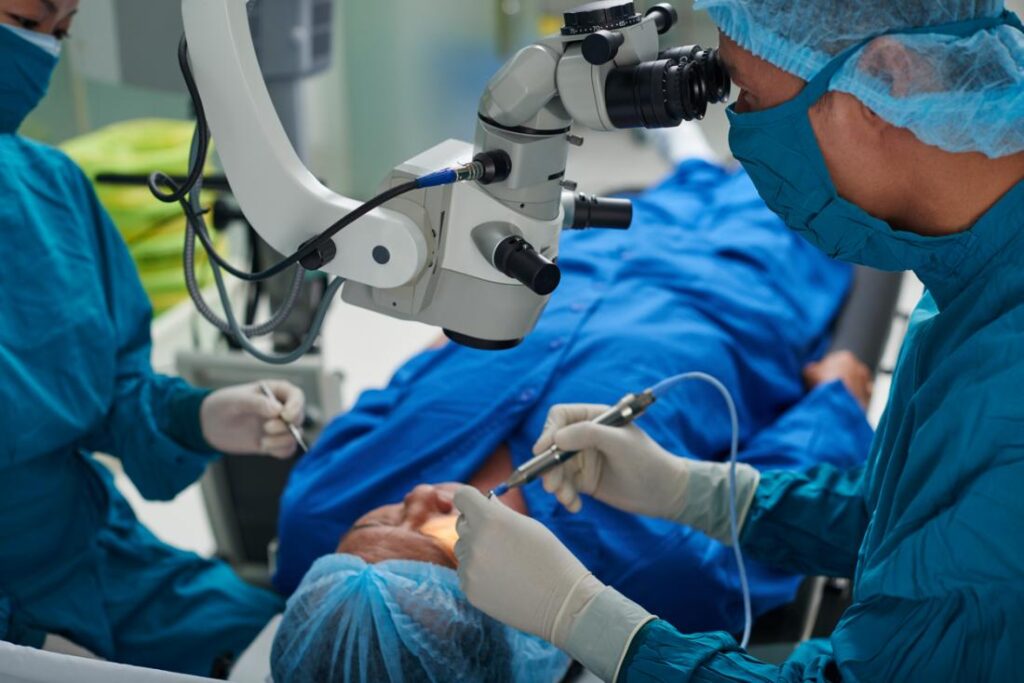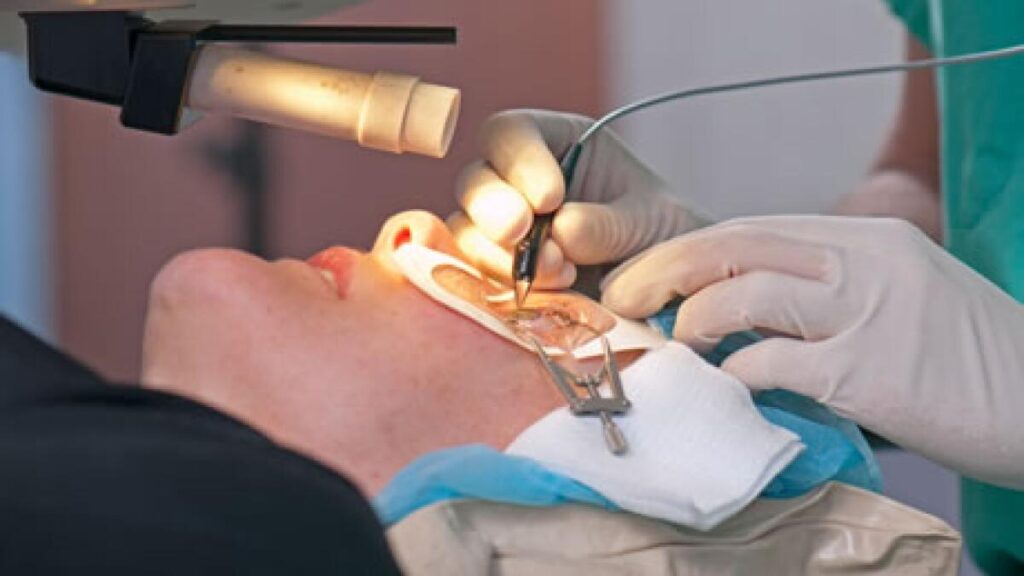If you’re tired of the hassle of glasses and contacts, you may be wondering if LASIK surgery is right for you. In this article, we’ll explore the experiences of real-life patients who underwent LASIK and transformed their vision. From the basics of LASIK to the long-term benefits, and everything in between, read on to discover if LASIK could be the solution to your vision struggles.
Understanding LASIK: The Basics and Benefits
Before delving into the patient stories, it’s important to understand what lasik surgery is and how it works. LASIK, or laser-assisted in situ keratomileusis, is a type of refractive surgery that corrects nearsightedness, farsightedness, and astigmatism. During the procedure, a laser is used to reshape the cornea, the clear front part of the eye, in order to improve vision.
What is LASIK Surgery?
During the LASIK procedure, the patient is given numbing eye drops and a thin flap is created on the cornea. This flap is created using a microkeratome or a femtosecond laser. The surgeon then folds the flap back to access the cornea and uses an excimer laser to remove some of the cornea tissue, which reshapes the cornea to improve vision. The flap is then put back in place, and the eye heals quickly as it adjusts to the new shape.
The excimer laser used in LASIK surgery is an ultraviolet laser that vaporizes the corneal tissue without causing any heat damage to the surrounding area. This makes the procedure very precise and safe.
The LASIK Procedure: A Step-by-Step Guide
The LASIK procedure is straightforward and typically takes around 15 minutes per eye. The patient may experience some mild discomfort during or after the procedure, but this usually passes quickly. Most patients can return to work and resume normal activities the next day.
Before the procedure, the patient will undergo a comprehensive eye exam to determine if they are a good candidate for LASIK. This exam will include measurements of the cornea, pupil size, and refraction, as well as a thorough evaluation of the overall health of the eye.
During the procedure, the patient will lie down on a reclining chair and a device called a lid speculum will be used to hold the eyelids open. The surgeon will then use a laser to create the corneal flap and reshape the cornea. The patient will be asked to focus on a target light during the procedure.
Long-Term Benefits of LASIK Surgery
One of the greatest benefits of LASIK surgery is the long-term results. Many patients experience clear vision for years to come and no longer need glasses or contacts. This can greatly improve quality of life and make daily tasks much easier.
However, it’s important to note that LASIK is not a permanent solution and some patients may require a touch-up procedure or glasses later in life. It’s also important to follow all post-operative instructions provided by the surgeon to ensure the best possible outcome.
Overall, LASIK surgery is a safe and effective way to correct vision problems and improve quality of life for many patients.
Patient Story #1: Overcoming the Fear of LASIK
For many patients, the decision to undergo LASIK surgery can be daunting. However, the experience is often much easier and more comfortable than anticipated.
Initial Concerns and Research
Jennifer, a 31-year-old communications executive, had been considering LASIK for years, but was hesitant to take the plunge. She had heard horror stories from friends and was worried about the potential risks and complications.
However, after doing extensive research and consulting with a qualified LASIK surgeon, Jennifer learned that the procedure is safe and effective. She also discovered that many of the negative stories she had heard were outdated or exaggerated.
During her research, Jennifer found that LASIK has a high success rate and is a relatively low-risk procedure. She also learned that the technology and techniques used in LASIK have advanced significantly in recent years, making it safer and more effective than ever before.
Jennifer also looked into the qualifications and experience of potential surgeons, ensuring that she found a reputable and skilled professional to perform her surgery.
The Consultation and Decision-Making Process
After Jennifer decided to move forward with LASIK, she met with her surgeon for a consultation. During this meeting, she discussed her expectations and concerns and asked any remaining questions she had.
The surgeon reassured Jennifer that she was a good candidate for LASIK and explained the procedure in detail. He also walked her through the recovery process and what to expect in the days and weeks following the surgery.
At the consultation, Jennifer was impressed by the surgeon’s professionalism and expertise. He took the time to answer all of her questions and address any concerns she had, putting her mind at ease about the procedure.
The Surgery and Recovery Experience
On the day of the surgery, Jennifer was nervous but excited. She arrived at the clinic early and was given a mild sedative to help her relax.
The surgeon explained each step of the procedure as he performed it, making sure Jennifer was comfortable and informed throughout. The surgery itself was quick and painless, and Jennifer was surprised at how comfortable she felt throughout.
After the surgery, Jennifer experienced some mild discomfort and sensitivity to light, but this subsided within a few days. She followed her surgeon’s post-operative instructions carefully, including using prescribed eye drops and avoiding strenuous activity for a short time.
Within a week, Jennifer’s vision had improved significantly, and she was thrilled with the results of the procedure. She was able to return to work and her normal activities, enjoying her new, clear vision without glasses or contacts.
Jennifer’s experience with LASIK was a positive one, and she is grateful for the opportunity to improve her vision and overcome her fear of the procedure. She encourages others who are considering LASIK to do their research and find a qualified, reputable surgeon to guide them through the process.
Patient Story #2: Life-Changing Surgery for an Athlete
Athletes and active individuals can greatly benefit from LASIK surgery, as it can improve their performance and make activities much easier and enjoyable.
The Struggles of Wearing Glasses and Contacts
Tom, a 27-year-old personal trainer, had been wearing glasses since he was five years old. As a fitness enthusiast, he found glasses to be cumbersome and uncomfortable during workouts. Contacts were also a hassle, as they would often dry out or fall out during intense activity.
Tom often found himself struggling to keep up with his clients during workouts, as he had to constantly adjust his glasses or put in new contacts. This was not only frustrating for Tom, but it also hindered his ability to provide the best possible service to his clients.
The Motivation for Choosing LASIK
After years of dealing with glasses and contacts, Tom decided to explore LASIK surgery as an option. He was excited about the prospect of clear vision without the need for corrective eyewear, and he knew it would greatly improve his athletic performance and enjoyment.
Tom did his research and found a reputable LASIK surgeon in his area. He scheduled a consultation and was pleased to learn that he was a good candidate for the procedure.
The LASIK Procedure
Tom’s LASIK surgery was quick and painless. He was given numbing eye drops and a mild sedative to help him relax. The surgeon used a laser to reshape Tom’s cornea, which would correct his vision.
The entire procedure took less than 30 minutes, and Tom was able to go home the same day. He was given eye drops to use for several weeks following the surgery to help with the healing process.
Post-Surgery Performance Improvements
Tom’s surgery went smoothly, and he noticed an immediate improvement in his vision. He was able to see more clearly and didn’t have to worry about glasses or contacts during workouts.
Tom’s athletic performance also improved, since he was no longer limited by his vision. He was able to see the field or court more clearly, which helped him make faster and more accurate decisions. He was also able to push himself harder during workouts, as he no longer had to worry about his glasses falling off or his contacts drying out.
Overall, Tom was thrilled with the results of his LASIK surgery and would recommend it to any athlete looking to improve their performance. He was able to provide better service to his clients and enjoy his own workouts more fully without the hassle of glasses or contacts.
Patient Story #3: A Busy Professional’s Journey to Clear Vision
For busy professionals, LASIK surgery can be a game changer. It can improve productivity and make daily tasks much easier and less stressful.
The Impact of Poor Vision on Work and Life
Emma, a 36-year-old marketing director, had been wearing glasses since she was a teenager. She found them to be a hassle during work presentations and meetings, and she was constantly worried about losing or breaking them.
Emma’s poor vision also affected her personal life. She enjoyed hiking and other outdoor activities, but found it difficult to wear glasses or contacts during these activities. She often had to choose between clear vision and enjoying the outdoors.
Weighing the Pros and Cons of LASIK
After doing some research and consulting with her eye doctor, Emma decided to explore LASIK surgery as an option. She was excited about the possibility of clear vision without the need for glasses or contacts, but she was also nervous about the procedure and the risks involved.
Emma researched different LASIK providers and read reviews from other patients who had undergone the procedure. She also spoke with her eye doctor about the potential risks and benefits of LASIK.
The Positive Effects of LASIK on Career and Confidence
Emma’s surgery was a success, and she noticed an immediate improvement in her vision. She no longer had to worry about glasses or contacts during work presentations, and she felt much more confident in her abilities.
Emma also found that LASIK improved her productivity, since she no longer had to spend time adjusting or cleaning her glasses. She was able to focus more on her work and less on her vision.
Outside of work, Emma was able to enjoy outdoor activities without the hassle of glasses or contacts. She felt more confident and comfortable in her own skin, knowing that her vision was no longer a hindrance.
Overall, Emma was thrilled with the results of her LASIK surgery and would recommend it to anyone looking to improve their work and personal life. She felt that the benefits far outweighed any risks or concerns she had prior to the procedure.
In Conclusion
If you’re considering LASIK surgery, the experiences of these real-life patients may help ease your concerns and inspire you to take the next step. LASIK surgery can be a life-changing procedure, improving your vision and making daily tasks much easier. Consult with a qualified LASIK surgeon to determine if you’re a good candidate and take the first step towards a clearer, brighter future.
More to read: Expect these things during cataracts surgery
